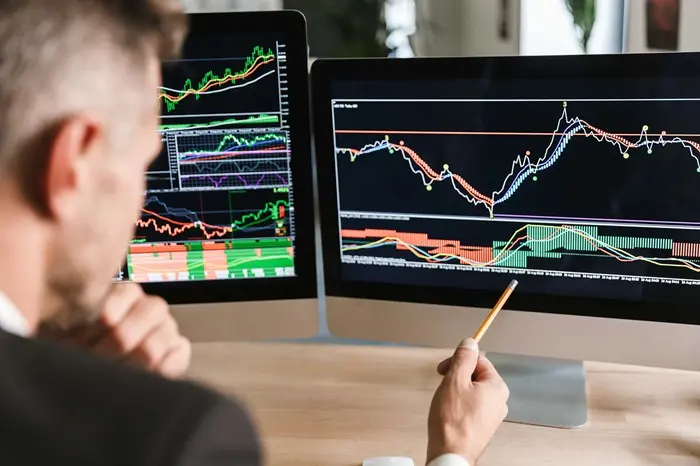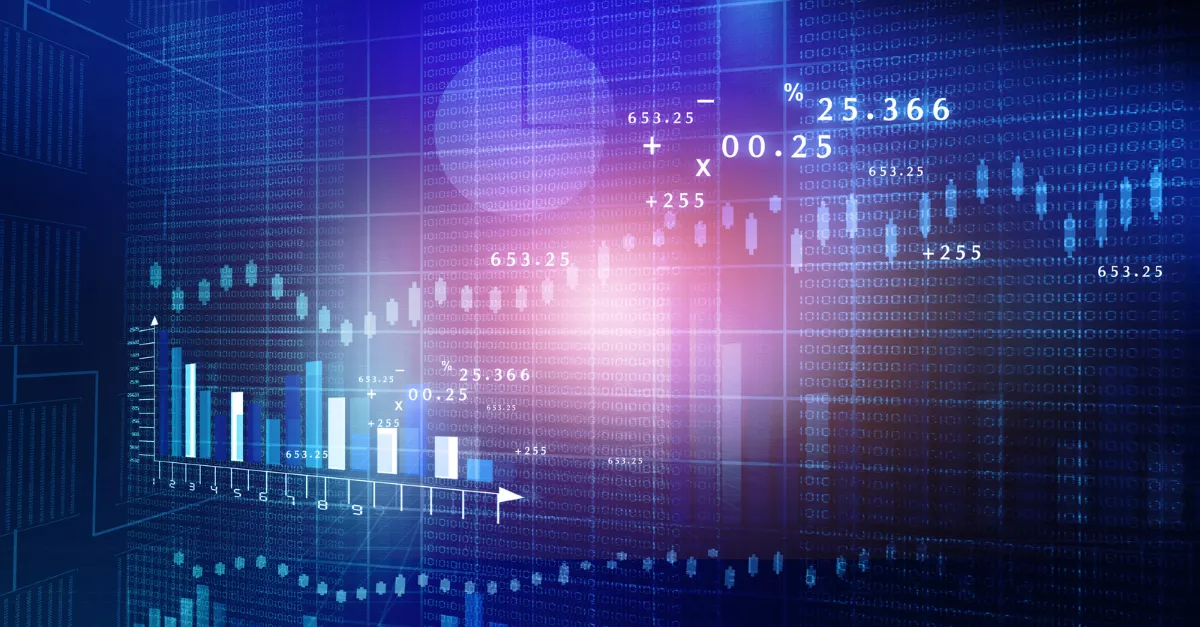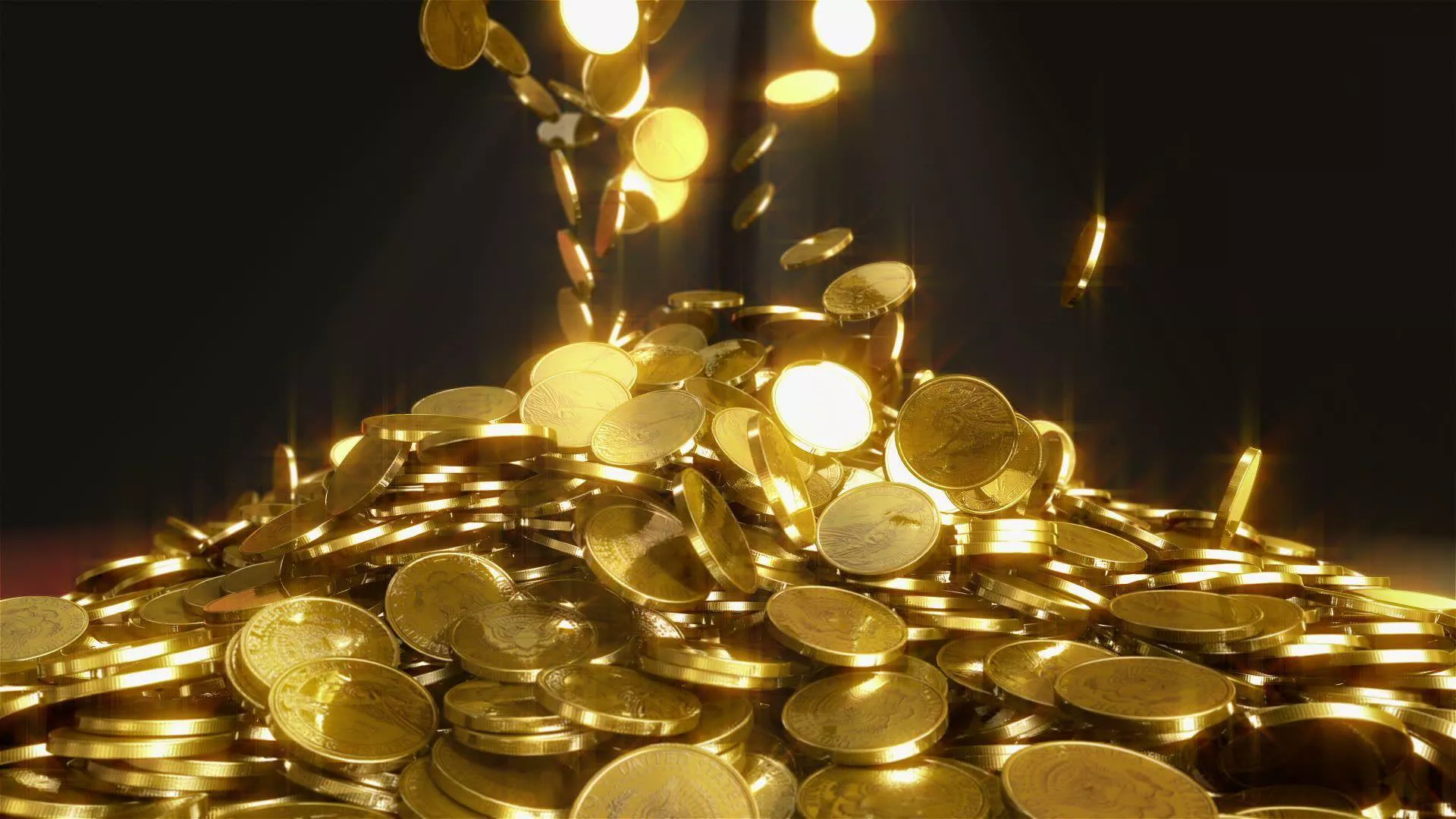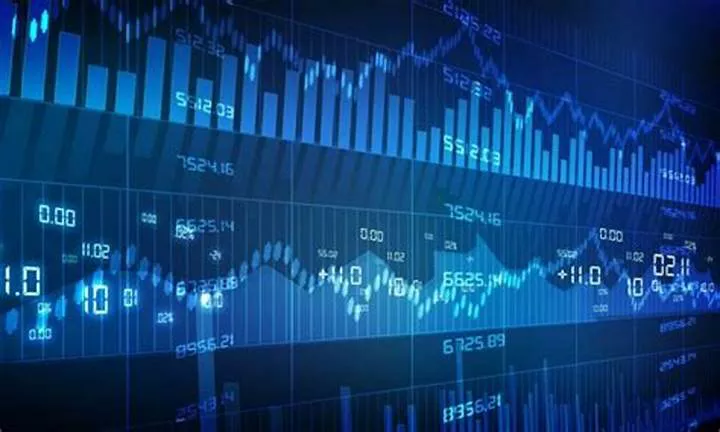Buenos Aires, Argentina’s bustling capital, is not only famous for its vibrant culture and rich history but also for its unique foreign exchange landscape. For many visitors, one of the first things to consider when arriving in Buenos Aires is where to exchange their USD into Argentine Pesos (ARS). The country’s economy is known for its fluctuations, inflation, and restrictions on currency exchange, which can make the process a bit more complicated than in other parts of the world. This article explores various options for exchanging USD in Buenos Aires, including official and informal channels, rates, and what to look out for to get the best deal.
Understanding the Exchange Rates in Buenos Aires
Before diving into the best places to exchange USD, it’s important to understand the exchange rate situation in Argentina. Due to Argentina’s economic volatility, there are multiple exchange rates that apply in the country:
Official Exchange Rate
The official exchange rate is set by the government and is usually higher than the rates you would find in the informal market. However, the official rate is often not available to regular citizens or tourists due to strict government controls and currency restrictions. This makes it difficult for people to obtain the official rate at traditional banks or exchange houses.
Blue Dollar Rate
In Buenos Aires, the term “Blue Dollar” (also known as the “Parallel Dollar”) refers to the unofficial exchange rate. The Blue Dollar rate is usually much more favorable than the official rate, making it the preferred method of exchanging currency for many. This rate fluctuates based on supply and demand, and it is influenced by Argentina’s political and economic situation.
Mep Dollar and CCL Dollar
In addition to the Blue Dollar, there are two other alternative exchange rates in Buenos Aires—the Mep Dollar and the CCL (Cash with Settlement) Dollar. Both of these options involve using Argentine stock markets to convert USD to ARS. While they are not as commonly used by tourists, savvy travelers may take advantage of these methods to secure a competitive rate.
Where to Exchange USD in Buenos Aires?
Now that we understand the types of exchange rates in Buenos Aires, let’s explore the best places to exchange USD. The city offers several options, ranging from official exchange houses to informal street vendors. Each option has its pros and cons, depending on your needs.
1. Exchange Houses (Casas de Cambio)
Exchange houses, known locally as “casas de cambio,” are the traditional and most straightforward way to exchange USD in Buenos Aires. While the rates here are generally lower than the Blue Dollar rate, they are still a reliable option for those who prefer to avoid the risks of informal exchanges.
Pros:
Safe and reliable transactions.
Many casas de cambio are located in tourist-heavy areas such as Florida Street, Recoleta, and Palermo.
Transparent exchange rates (though not as favorable as informal options).
Cons:
Exchange rates tend to be less favorable than the Blue Dollar.
Some casas de cambio might require documentation or a reason for the exchange due to government regulations.
2. Banks
Banks in Buenos Aires generally offer the official exchange rate, which is often lower than the rates you would get through casas de cambio or the Blue Dollar market. Banks are a secure way to exchange currency, and many of them are located in commercial areas and shopping districts. However, the process can be more time-consuming compared to other options.
Pros:
High level of security.
Suitable for large transactions, especially if you want to exchange a significant amount of money.
Cons:
Exchange rates are not competitive.
You may need to wait in line, especially at busy times.
3. The Blue Dollar Market (Cueva)
The Blue Dollar market is the most popular informal method of exchanging USD in Buenos Aires. The rate here is often significantly higher than the official rate, and many locals and tourists prefer it for better value. The Blue Dollar market operates through various informal channels, known as “cuevas” (literally “caves” in Spanish). These are usually small, discreet businesses or street vendors offering better rates than official banks and exchange houses.
Pros:
Much better exchange rates than official channels.
More flexible; you can negotiate the rate in some cases.
Fast transactions.
Cons:
There is a risk involved, as the Blue Dollar market is unregulated.
There are many scams in the Blue Dollar market, so it’s essential to know whom you’re dealing with.
The exchange process may feel a little informal or less secure.
4. ATMs
Using ATMs to withdraw Argentine Pesos from your bank account in the United States or abroad is another option for exchanging USD. However, it’s important to note that this method may not always offer the best exchange rates, and foreign ATMs usually charge high fees for international withdrawals. Furthermore, Argentine ATMs may limit the amount of money you can withdraw per transaction.
Pros:
Convenient and readily available in Buenos Aires.
No need to carry large amounts of cash with you.
Cons:
ATMs may charge high withdrawal fees, both from your home bank and the Argentine bank.
Exchange rates at ATMs are typically unfavorable.
Withdrawal limits may restrict your access to larger amounts of cash.
5. Street Vendors
Street vendors, or “arbolitos” (little trees), are another informal way to exchange USD in Buenos Aires. These vendors often work in high-traffic areas and can offer competitive exchange rates. However, dealing with street vendors carries significant risk, as there is a possibility of fraud, counterfeit bills, or even violence in some cases. While the rates may be good, caution is advised when using this method.
Pros:
Often better rates than exchange houses and banks.
Convenient for tourists who want to make quick transactions.
Cons:
Risk of fraud or being scammed.
Illegal, as these exchanges operate outside of official channels.
6. Online Platforms
There are also a few online platforms that allow you to exchange currency in Buenos Aires. These platforms offer competitive rates, and some allow you to arrange the exchange with another person directly. However, as with street vendors, there is a certain level of risk associated with this method, especially if you are unfamiliar with the local scene.
Pros:
Convenient for people who prefer to handle exchanges online.
Can provide competitive exchange rates.
Cons:
There is a risk of fraud, particularly with unverified individuals.
Some platforms may charge fees or commissions.
7. Money Transfer Services (Western Union, MoneyGram)
For those who prefer to use more secure, well-known services, money transfer platforms like Western Union or MoneyGram can facilitate currency exchanges. While these services are reliable, they typically charge high fees and may offer less favorable exchange rates than other methods.
Pros:
Safe and secure method for exchanging USD.
Widely available, with locations across Buenos Aires.
Cons:
High transaction fees.
Poor exchange rates compared to informal markets.
Tips for Exchanging USD in Buenos Aires
While Buenos Aires offers various options for exchanging USD, it is essential to exercise caution and do your research. Here are a few tips for navigating the currency exchange scene:
1. Compare Rates
Always compare exchange rates before making any transaction. The difference between the official rate and the Blue Dollar rate can be substantial, so shopping around can save you a significant amount of money.
2. Avoid Scams
The Blue Dollar market and street vendors can be rife with scams. Be cautious when dealing with unfamiliar people or businesses, and if something feels off, don’t hesitate to walk away. Stick to reputable casas de cambio and exchange houses where you can verify the rates beforehand.
3. Keep Small Amounts of Cash
It’s best to carry only a small amount of cash at any given time. Buenos Aires has a number of ATMs, and if you’re planning to use the Blue Dollar market, you can always exchange small amounts as needed.
4. Monitor Currency Fluctuations
The Blue Dollar rate can fluctuate frequently, so keep an eye on the current rates, especially if you’re planning to exchange a large sum of USD. Websites, apps, and currency exchange forums can provide real-time updates on market conditions.
Conclusion
Exchanging USD in Buenos Aires offers a variety of options, from official exchange houses and banks to the more informal Blue Dollar market and street vendors. Each method comes with its own set of advantages and risks, so it is important to consider your needs and the level of security you are comfortable with when choosing the best exchange option.
By understanding the differences between the various exchange rates, comparing available rates, and remaining cautious of scams, travelers can ensure they get the best deal when exchanging USD in Buenos Aires. Whether you opt for an official channel or the Blue Dollar market, the city offers plenty of ways to exchange your money and get the most out of your visit to Argentina.
Related topics:



























